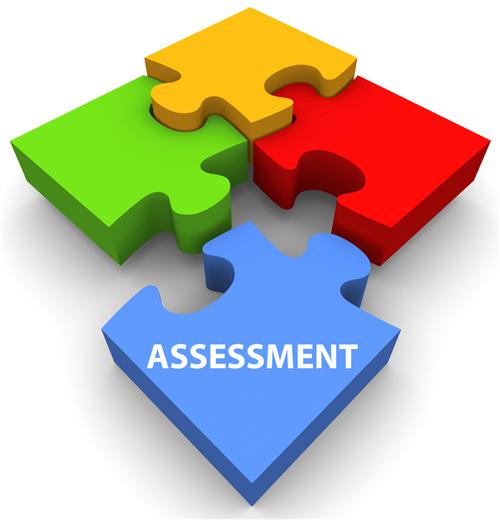- Other terms: benchmark assessment or predictive assessment
Commonly administered periodically during a course or school year (for example, every six or eight weeks) and separately from the process of instructing students.
- Falls between formative assessment and summative assessment, and understanding their intended purpose requires an understanding of the basic distinctions between these two assessment strategies.
Purposes:
- To gauge where students are in their learning development
- To identify whether they are on track to performing well on future assessments, such as standardized testsor end-of-course exams.
Formative Assessment vs. Summative Assessment
- Formative assessments: (for learning); to gather detailed information that educators can use to improve instructional techniques and student learning while it’s happening.
- Summative assessments: (oflearning); to evaluate learning progress and achievement at the conclusion of a specific instructional period—usually at the end of a project, unit, course, semester, program, or school year.
According to assessment expert Paul Black, “When the cook tastes the soup, that’s formative assessment. When the customer tastes the soup, that’s summative assessment.”
*** Like formative assessments, teachers may use interim assessments to recognize concepts that students are struggling to understand, skills they are having difficulty mastering, or learning standards they have not yet achieved so that adjustments can be made to lessons, instructional techniques, and academic support. But unlike formative assessments, interim assessments—depending on how they are designed and used—may allow for the comparison of student results across courses, schools, or states, and they may be used by school, district, and state leaders to track the academic progress of certain student populations. The distinction here is between assessments that are used on a daily basis by individual teachers during the instructional process (formative assessments), and either standardized or “common” assessments that are used by multiple teachers, schools, districts, or states, which allow students results to be compared.
Types of Interim Assessment:
- An initial test created by a company, organization, or consortium—such as the Smarter Balanced Assessment Consortium—that is intended to assess how well students are prepared for a standardized test that will be administered on a future date. In this case, results from the interim assessment would be used by school leaders and teachers to better prepare students for the future test.
- A common literacy test or rubricthat teachers develop to evaluate student learning progress in relation to expected reading standards. In this case, the assessment would be used by multiple teachers in a school or district, and it would be used in advance of a summative literacy assessment. What is “common” in this example is both the assessment being used and the reading standards it is based on. Results from the interim assessment would be used to better prepare students for future exams.
